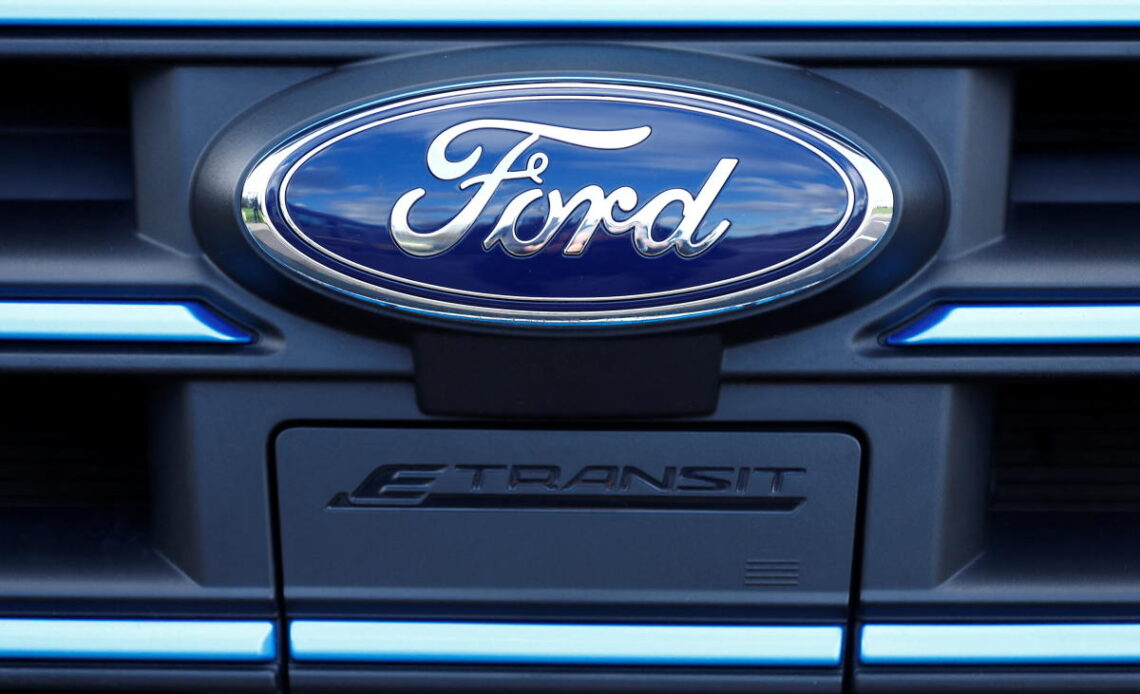As part of a rethink of its EV strategy, has canceled plans [] to build an electric three-row SUV. It said earlier this year that it would by two years until 2027 but now the automaker has scuttled that model entirely. It’s pivoting to using hybrid tech in its next three-row SUVs. Ford expects the decision to cost up to $1.9 billion in special charges and expenses.
In addition, Ford is delaying the rollout of a next-gen electric truck from 2026 until the second half of 2027. This model will build on what the company has learned from the and include “features and experiences never seen on any Ford truck.” Among those will be improved aerodynamics and an upgraded bi-directional charging capability. Ford says delaying the electric pickup will let it take advantage of lower-cost battery tech and other cost efficiencies. It will build this model, which was previously delayed from 2025, at a Tennessee plant.
Ford also plans to release a medium-sized electric pickup, the first production vehicle that’s based on a lower-cost platform designed by a skunkworks team, in 2027. According to , Ford expects the EV platform to help it produce several profitable models. That could help it compete with Chinese electric vehicle makers, which Ford CEO Jim Farley claims benefit from a lower-cost supply chain. That said, the US has on imported EVs from China, which the White House says “will protect American manufacturers.”
Elsewhere, Ford plans to start producing a new electric commercial van in Ohio in 2026. A Tennessee factory will start making cells for the van and the next-gen electric pickup in late 2025.
The shift in strategy comes as Ford attempts to mitigate losses on its current electric models while ensuring EVs it makes in the future turn a profit. The EV division is on track to lose $5 billion this year (up from a $4.7 billion loss in 2023) amid lower-than-expected demand. Ford is also slashing capital spending on EVs from 40 percent of its budget to 30 percent.
This article contains affiliate links; if you click such a link and make a purchase, we may earn a commission.

